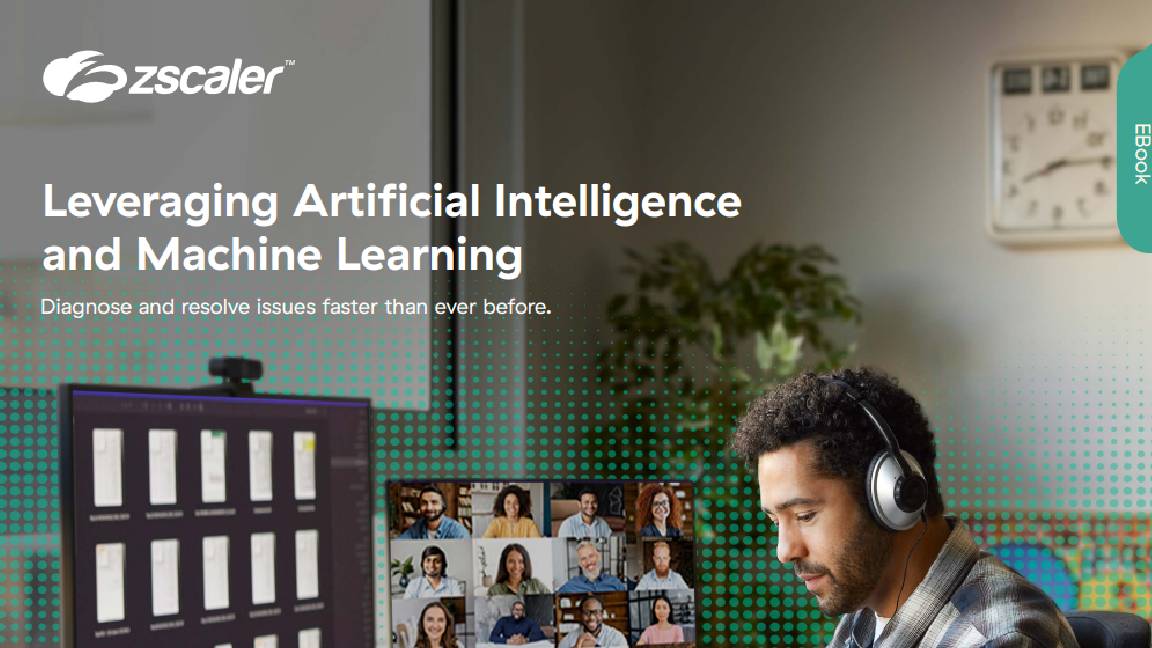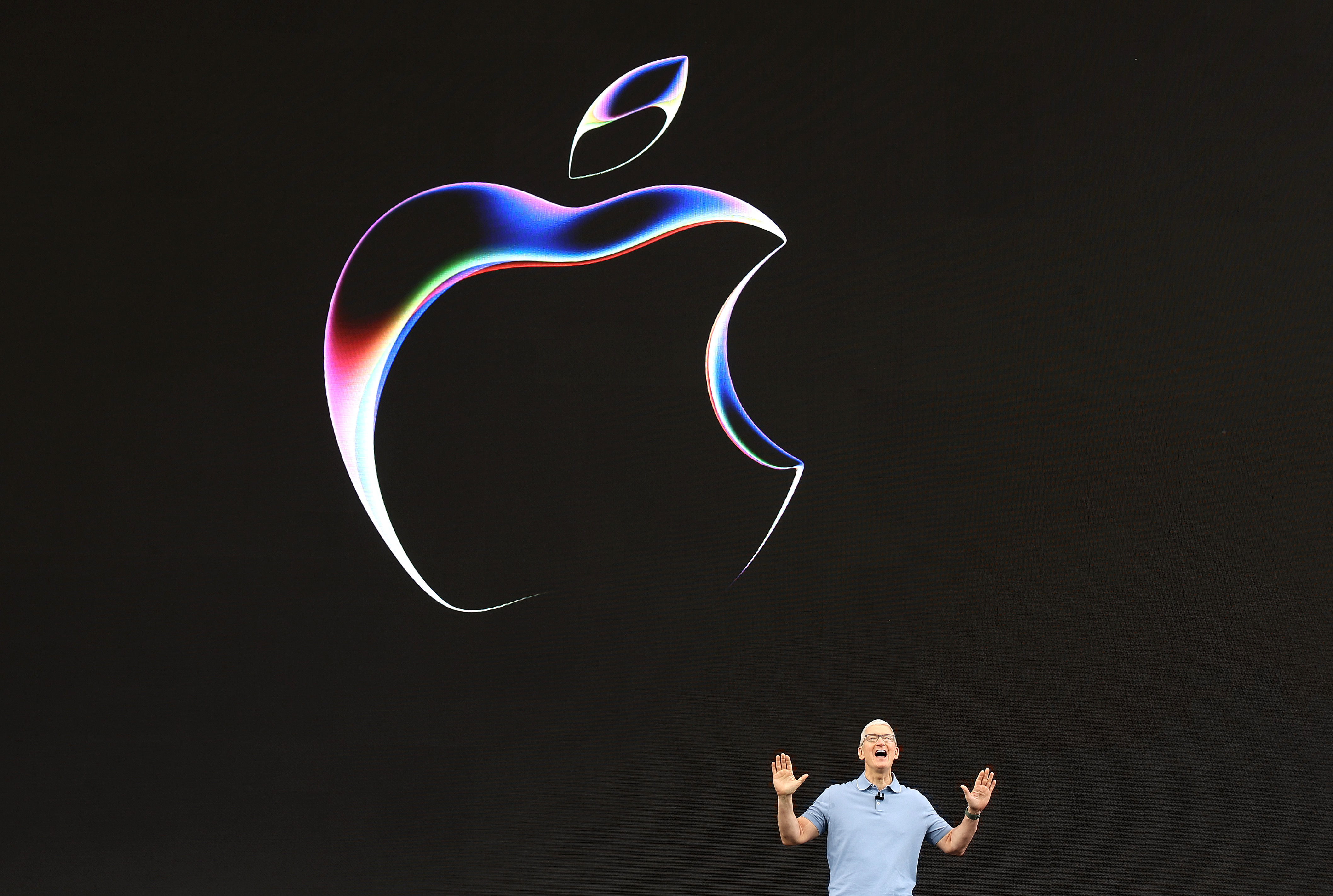Apple just discreetly launched a raft of new machine learning tools, and they’re free
The launch of Apple MLX sheds light on the tech giant’s future approach to AI innovation


Apple has launched a series of open source tools as part of a move to provide machine learning capabilities on Apple Silicon.
Known as Apple MLX, the machine learning framework has been developed by the tech giant’s ML research division and will enable users to build AI tools harnessing its in-house silicon.
The framework is available through open source libraries such as PyPI and GitHub, Apple confirmed.
“MLX is designed by machine learning researchers for machine learning researchers,” Apple said on GitHub. “The framework is intended to be user-friendly, but still efficient to train and deploy models.”
“The design of the framework itself is also conceptually simple. We intend to make it easy for researchers to extend and improve MLX with the goal of quickly exploring new ideas.”
Apple said the design of MLX is “inspired by frameworks like PyTorch, Jax, and ArrayFile”, yet boasts notable differences. Key among these is the use of its unified memory model, the firm said, with arrays hosted in shared memory.
This means operations on MLX arrays can be “performed on any of the support device types without performing data copies”.
Sign up today and you will receive a free copy of our Future Focus 2025 report - the leading guidance on AI, cybersecurity and other IT challenges as per 700+ senior executives
The MLX examples repo, accessible via GitHub, enables a range of capabilities, including the ability to conduct language model training, large-scale text generation using Meta’s Llama model, and speech recognition via OpenAI’s whisper model.
Users can also generate images with Stable Diffusion, the firm noted.
In a post on X, Apple ML researcher Awni Hannun said MLX is designed specifically for use on Apple Silicon, such as MacBooks, pointing toward the company’s potential goal of broadening access to tools by harnessing its own silicon.
Apple MLX: Key features for users
Key features of Apple MLX include the ability to leverage familiar APIs and dynamic graph construction, as well as multi-device capabilities.
RELATED RESOURCE

Improve end user experiences and reduce ticket escalations
“MLX has a Python API that closely follows NumPy,” the firm’s GitHub repo explains. “MLX also has a fully featured C++ API, which closely mirrors the Python API.”
Dynamic graph construction has also been simplified, Apple said, providing developers with more optimized capabilities to streamline debugging.
“Computation graphs in MLX are built dynamically. Changing the shapes of function arguments does not trigger slow compilations, and debugging is simple and intuitive.”
Apple’s discreet AI movements
The roll-out of Apple MLX coincided with the launch of Google’s flagship Gemini AI model, which appears to have stolen the limelight.
However, this move does show the tech giant has been quietly innovating on the AI front amid the furor of the generative AI explosion over the last year.
In stark contrast to Google, Microsoft, and other industry heavyweights, Apple has been keeping its cards close to its chest during this period.
Reports emerged in July 2023 that the company was developing its own internal large language model (LLM), dubbed ‘Apple GPT’, but as of yet nothing has been confirmed.

CEO Tim Cook has been relatively subdued on the topic also. However, in an August interview with CNBC said the tech giant does intend to integrate generative AI capabilities across its product offerings.
“We view AI and ML as fundamental core technologies. And they are virtually embedded in every product that we build,” he said.
Repeated speculation over the company’s approach to AI has been further fueled by the fact that Q3 earnings showed the firm increased R&D spending by roughly $3 billion up to that point compared to the same period in 2022.
In August, ITPro reported that Apple has been keen to emphasize the heightened need for locally-run AI models by leveraging its in-house silicon capabilities.

Ross Kelly is ITPro's News & Analysis Editor, responsible for leading the brand's news output and in-depth reporting on the latest stories from across the business technology landscape. Ross was previously a Staff Writer, during which time he developed a keen interest in cyber security, business leadership, and emerging technologies.
He graduated from Edinburgh Napier University in 2016 with a BA (Hons) in Journalism, and joined ITPro in 2022 after four years working in technology conference research.
For news pitches, you can contact Ross at ross.kelly@futurenet.com, or on Twitter and LinkedIn.
-
 Trump's AI executive order could leave US in a 'regulatory vacuum'
Trump's AI executive order could leave US in a 'regulatory vacuum'News Citing a "patchwork of 50 different regulatory regimes" and "ideological bias", President Trump wants rules to be set at a federal level
-
 TPUs: Google's home advantage
TPUs: Google's home advantageITPro Podcast How does TPU v7 stack up against Nvidia's latest chips – and can Google scale AI using only its own supply?
-
 Are reasoning models fundamentally flawed?
Are reasoning models fundamentally flawed?ITPro Podcast A report from Apple has cast significant doubts on the efficacy of reasoning models, going as far as to suggest that when a problem is too complex, they simply give up
-
 ‘A complete accuracy collapse’: Apple throws cold water on the potential of AI reasoning – and it's a huge blow for the likes of OpenAI, Google, and Anthropic
‘A complete accuracy collapse’: Apple throws cold water on the potential of AI reasoning – and it's a huge blow for the likes of OpenAI, Google, and AnthropicNews Apple published a research paper on the effectiveness of AI 'reasoning' models - and it seriously rains on the parade of the world’s most prominent developers.
-
 Apple: Our AI data was gathered responsibly
Apple: Our AI data was gathered responsiblyNews Apple is keen to quell concerns over the source of the data used to build its AI models
-
 Big tech’s sleeping giant has finally entered the generative AI arena
Big tech’s sleeping giant has finally entered the generative AI arenaAnalysis Apple unveiled a raft of new AI-powered tools and features at its WWDC conference this week
-
 Apple’s generative AI slumber is ending – Microsoft and Google should be on alert
Apple’s generative AI slumber is ending – Microsoft and Google should be on alertOpinion Apple’s generative AI ambitions have been highly secretive, but recent developments put the tech giant in prime position for a major push in 2024 and beyond
-
 Apple is working on an AI coding tool similar to GitHub Copilot - and it could be a game changer for its generative AI ambitions
Apple is working on an AI coding tool similar to GitHub Copilot - and it could be a game changer for its generative AI ambitionsNews The AI coding tool from Apple will function in a similar way to GitHub Copilot, and would mark a major foray into the generative AI race for the tech giant
-
 Generative AI has been the secret sauce for Microsoft as its market cap surpasses Apple
Generative AI has been the secret sauce for Microsoft as its market cap surpasses AppleAnalysis Microsoft has ramped up generative AI investment over the last year and its surging share price has been a reflection of its sharpened focus on the emerging technology
-
 Why the Apple UK hiring spree "makes sense" for the tech giant
Why the Apple UK hiring spree "makes sense" for the tech giantNews Apple hopes its UK recruitment drive will supercharge AI development goals
